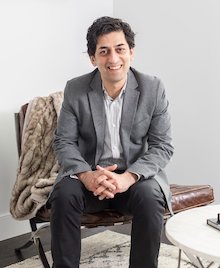 More Makerspaces and Expression Zones: DC's Cultural Plan Unveiled
More Makerspaces and Expression Zones: DC's Cultural Plan Unveiled
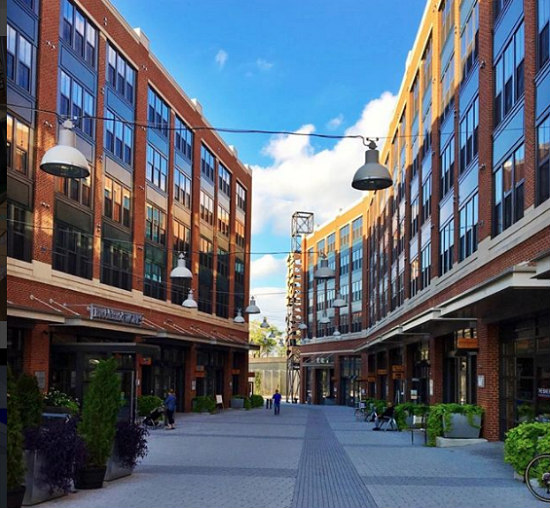
As new development continues to crop up throughout the District, high demand, higher real estate prices and tepid government support have pushed a lot of creatives out, from iconic spaces like Bohemian Caverns to creative hubs like UnionArts.
Nearly two years ago, the Office of Planning, Commission on the Arts and Humanities, and the Office of Cable Television, Film, Media and Entertainment began soliciting feedback on the state of the arts in DC to create a Cultural Plan. Now, the first draft of the document is available.
One of the primary goals of the plan is to find ways to preserve and create space for both the arts and for creators. The plan cites the pitfalls of the city's designated Arts Districts around 7th and E Streets NW, the Uptown Arts district around 14th and U Streets NW, and the Northeast H Street corridor, all of which have become more characterized by their restaurant and bar scenes than the arts. The cluster-based approach taken in Brookland was more successful, leading to development of live-work space and cultural placemaking with Brookland Arts Walk, Edgewood Arts Center, and Brookland Artspace Lofts.
In order to ensure creators can afford to live in the city, the plan proposes that the Department of Housing and Community Development (DHCD) and Housing Finance Agency work toward increasing artists' access to affordable housing. Other city agencies would also be urged to participate by prioritizing affordable cultural space as part of the disposition of DC-owned property in planned-unit developments, DHCD's Property Acquisition and Disposition Division, requests for proposals and other public-private partnerships.
story continues below
loading...story continues above
The city will urge large retail and office buildings, both new and restored, to seek more opportunities to rent facilities for arts production, either in below-grade levels or underutilized portions generally used for storage and the like. As for spaces to display artistic fare or wares, those can be cited in less-trafficked spaces on the ground-floor of mixed-use buildings. Provisions like longer-term leases, purchase assistance programs and easier approval processes to create pop-ups in vacant commercial space are also recommended.
The plan recommends the city ensure that its public infrastructure is an integral part of the "cultural ecosystem" during the night as well as the day, including everything from libraries, schools and recreation centers to parks, plazas and sidewalks. It also proposes that further investments be made in The Labs makerspaces to implement and customize those throughout the public library system. An operating model would also be developed for incubators and other shared makerspaces, to include public-private partnerships and potential seed funding or performance-based funding from the city. The plan would also create "frequent expression zones" in select commercial areas around the city to make it easier for performers to use public space, a concept that may cause dismay for some Chinatown residents.
The public is encouraged to provide feedback on the plan through February 18.
See other articles related to: art, artist housing, arts neighborhoods, brookland artspace lofts, dc cultural plan
This article originally published at https://dc.urbanturf.com/articles/blog/frequent-expression-zones-and-more-makerspaces-dcs-cultural-plan-unveiled/13477.
Most Popular... This Week • Last 30 Days • Ever

DC's homebuyer assistance programs can be a bit complex. This edition of First-Timer ... read »

When it comes to financing a home purchase, a 30-year mortgage is one of the most com... read »
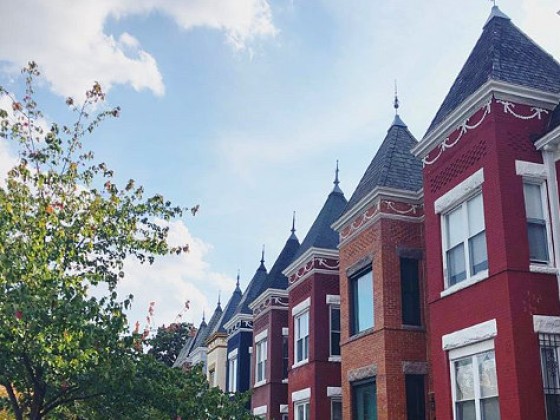
Pocket listings are growing in popularity in the low-inventory market in the DC regio... read »
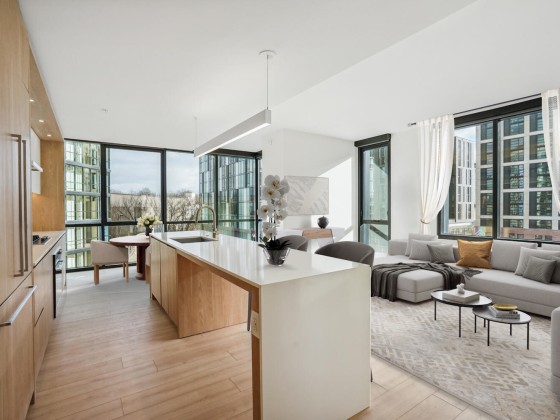
Margarite is a luxury 260-apartment property known for offering rich, high-end reside... read »
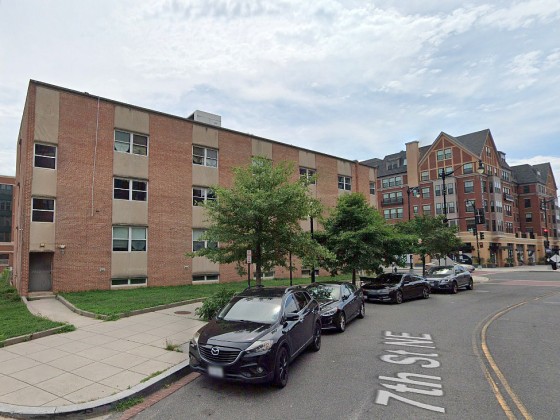
The owner of 700 Monroe Street NE filed a map amendment application with DC's Zoning ... read »
DC Real Estate Guides
Short guides to navigating the DC-area real estate market
We've collected all our helpful guides for buying, selling and renting in and around Washington, DC in one place. Start browsing below!
First-Timer Primers
Intro guides for first-time home buyers
Unique Spaces
Awesome and unusual real estate from across the DC Metro

